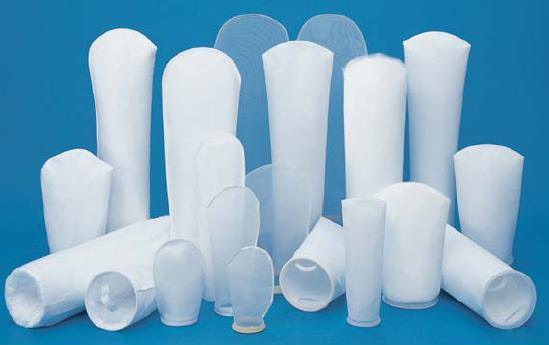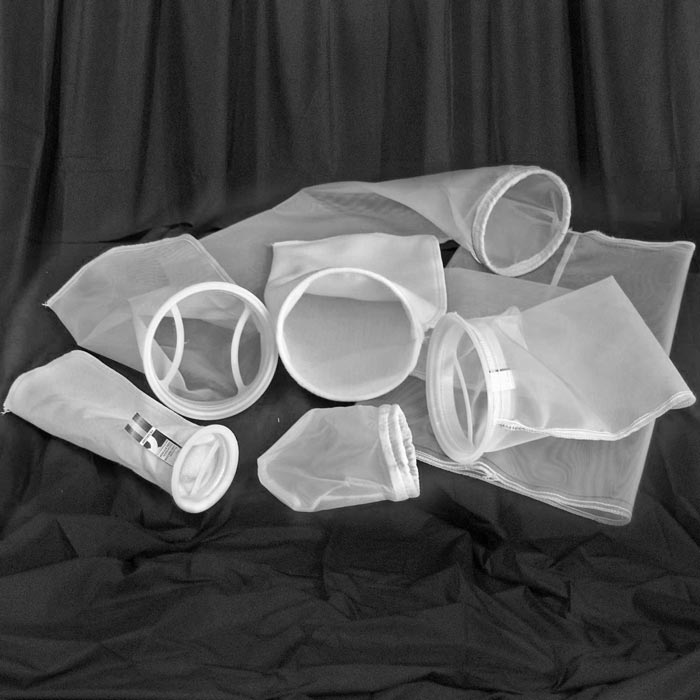A High-Flow liquid filter is one of the key players in a manufacturing unit. Finding the perfect one suitable for your needs might seem daunting. But worry not! We’ve got you covered. You might work in an industry, meal processing, or water treatment. In this blog, we’ll break down the top 10 elements. You need to consider them to make the best choice for your needs. Let’s dive in!

Table of Contents
- 1. Understanding Your Application Needs
- 2. Flow Rate Requirements
- 3. Filter Material Compatibility
- 4. Filtration Efficiency
- 5. Pressure Drop Considerations
- 6. Maintenance and Replacement Frequency
- 7. System Compatibility
- 8. Cost and Budgeting
- 9. Compliance and Standards
- 10. Supplier Reputation and Support
1. Understanding Your Application Needs
Before you even start looking at filters, you want to have clear information of what you need it for. Are you filtering water, chemicals, oils, or something else? Each application has particular necessities in order to considerably affect your desire to filter out. Take the time to define your unique desires and desires—this may be your guiding superstar at some point in the selection technique.
2. Flow Rate Requirements
The flow rate is one of the most important factors to bear in mind. You want a filter that may take care of the volume of liquid passing through it without causing bottlenecks. High-flow Liquid filters are designed to manipulate large volumes, however it’s important to test the manufacturer’s specs to make certain the clear out can preserve the preferred float price for your software.
3. Filter Material Compatibility
Not all filters are created identically, especially in relation to fabric compatibility. The clear-out cloth must withstand the chemical homes of the liquid being filtered. For example, a filter out used for aggressive chemical substances need to be a product of substances like stainless steel or specialized polymers that resist corrosion and degradation.
4. Filtration Efficiency
Filtration performance refers back to the filter out’s ability to cast off contaminants from the liquid. Depending on your software, you might need a filter that captures debris as small as some microns. Look for filters with high filtration efficiency rankings to make sure your liquid is as clean as needed for your precise software.
5. Pressure Drop Considerations
Every clear-out introduces a sure amount of resistance to go with the flow, known as pressure drop. A high strain drop can lessen the performance of your system and increase power prices. It’s vital to select a filter with a strain drop that your gadget can tolerate whilst nonetheless appearing optimally.

6. Maintenance and Replacement Frequency
All filters need protection and eventual alternatives, but the frequency can vary appreciably among differing types and brands. Consider how often the filter will want to be replaced and how smooth it’s miles to do so. Filters that require frequent upkeep or difficult replacements can add to your operational fees and downtime.
7. System Compatibility
Your new clear-out desires to integrate seamlessly with your existing system. Check for compatibility with your device’s size, connection kinds, and other specifications. Some excessive-flow filters include customizable alternatives to a wide range of structures, which can be a fantastic asset.
8. Cost and Budgeting
While it is probably tempting to head for the most inexpensive option, it’s vital to balance price with first-class. Consider the entire fee of ownership, including buy charge, maintenance, and operational expenses. Sometimes investing a bit extra in advance can save money ultimately by reducing downtime and extending the lifestyles of your device.
9. Compliance and Standards
Depending on your industry, there may be unique guidelines and standards your filter out wishes to meet. Make sure to pick out a clear out that complies with any relevant requirements, consisting of NSF/ANSI for water filtration or FDA standards for food and beverage programs.
10. Supplier Reputation and Support
Finally, keep in mind the reputation and support offered via the filter-out supplier. A respectable dealer will offer splendid merchandise and be available to provide guidance and advice when you need it. Look for suppliers with accurate reviews and a history of reliable service.
Market Trends and Future Outlook
The Global High Flow Filter marketplace is expected to develop annually via eight.6% (CAGR 2024 – 2031). The Global Market Overview of the “High Flow Filter Market” gives a special attitude on the essential patterns influencing the marketplace in the biggest markets as well as globally from 2024 to 2031. This growth is driven by the growing call for green filtration structures in numerous industries, improvements in the clear-out era, and a growing emphasis on sustainability and environmental guidelines.
Conclusion
Choosing the proper excessive-glide liquid filter doesn’t have to be a daunting mission. By considering these pinnacle 10 elements—your software needs, waft fee necessities, fabric compatibility, filtration efficiency, strain drop, renovation, gadget compatibility, value, compliance, and provider reputation—you’ll be nicely on your way to creating a knowledgeable selection. Remember, the right filter out not best complements your device’s performance but additionally ensures long-time period reliability and performance.


